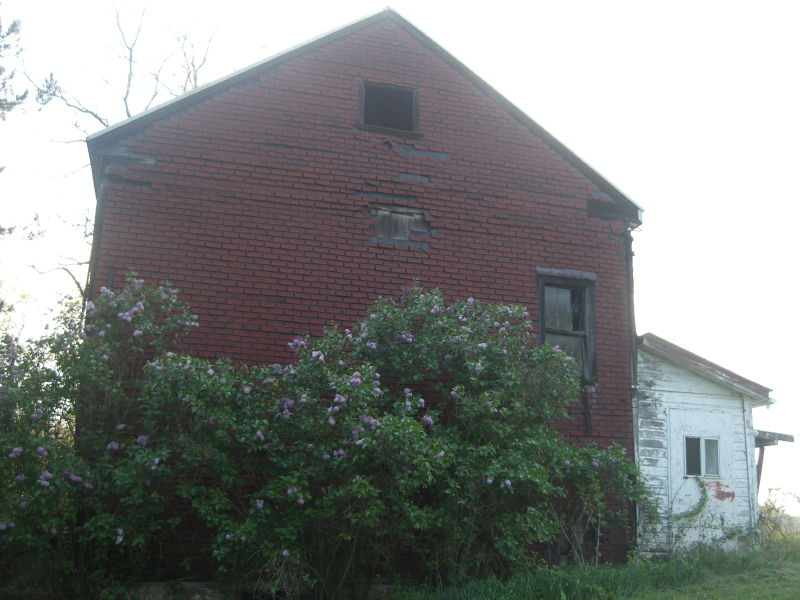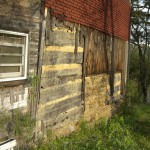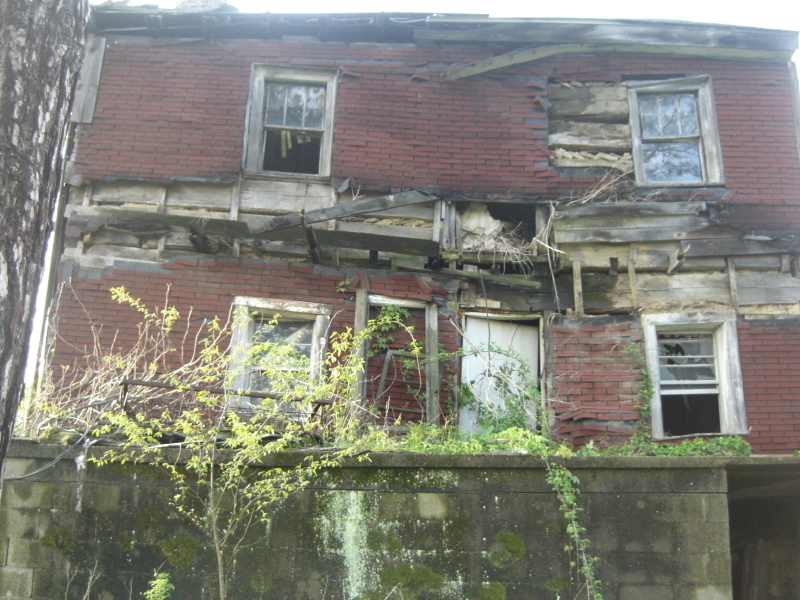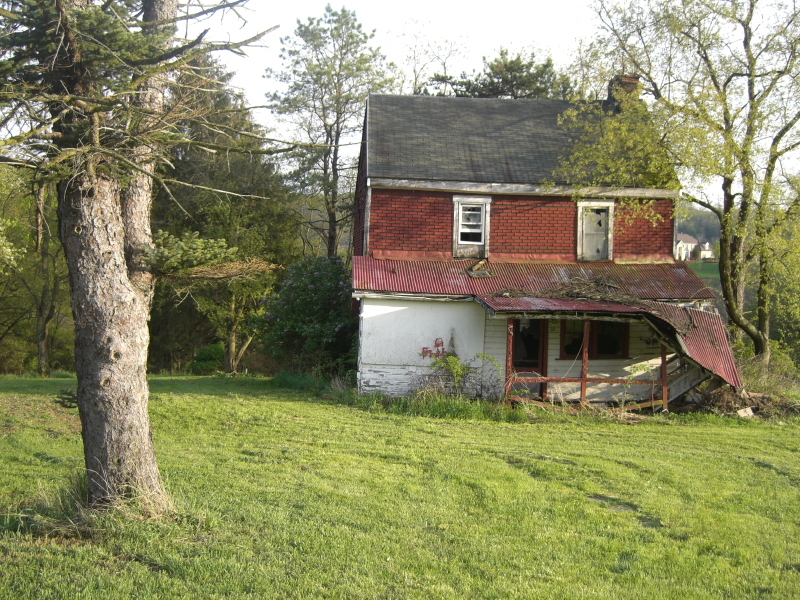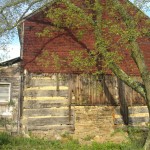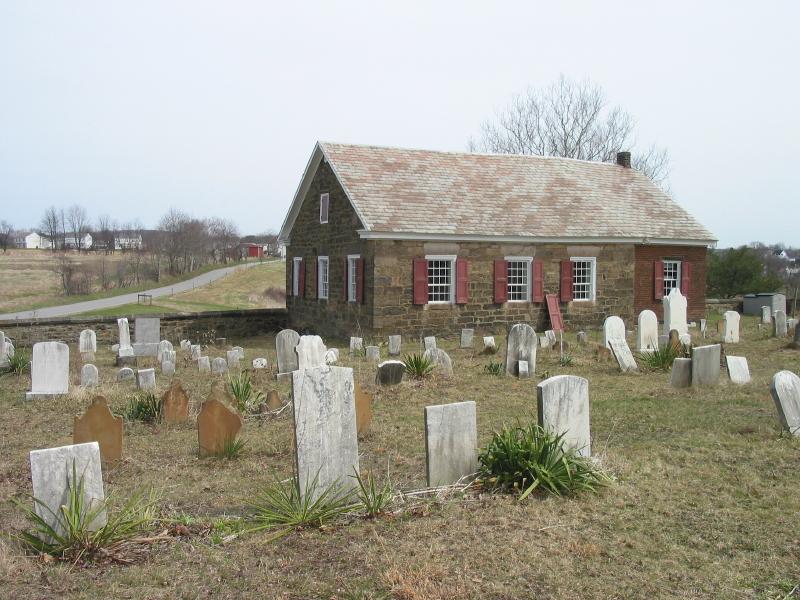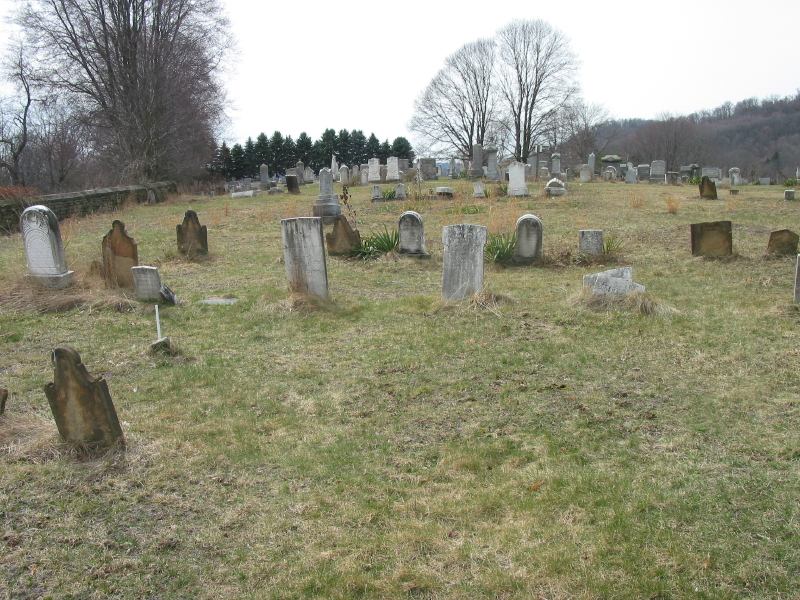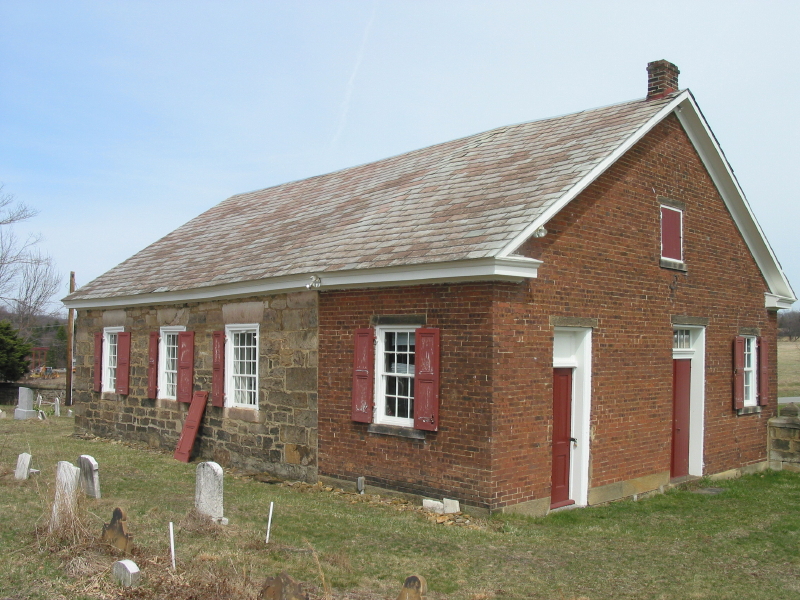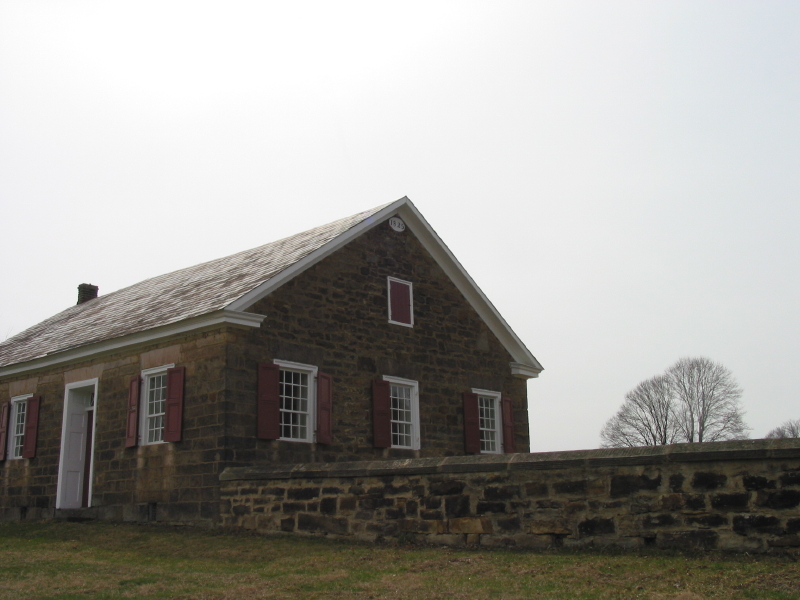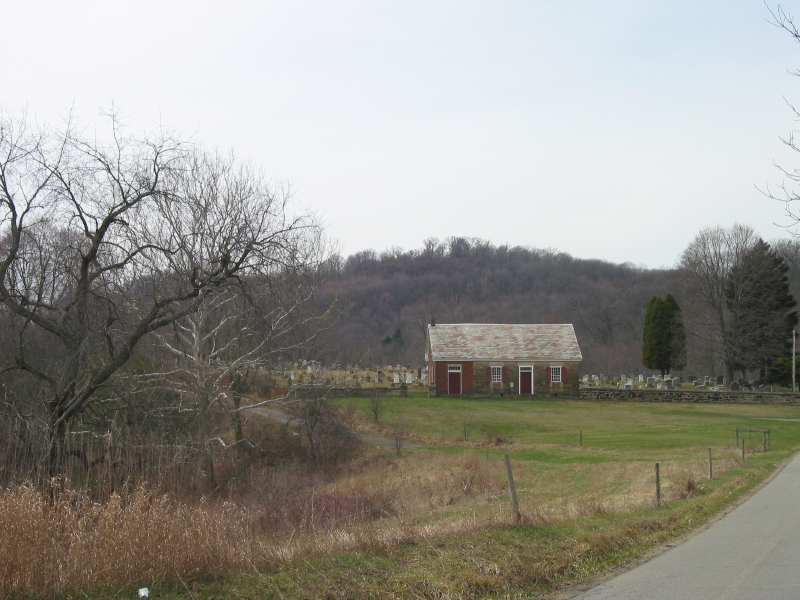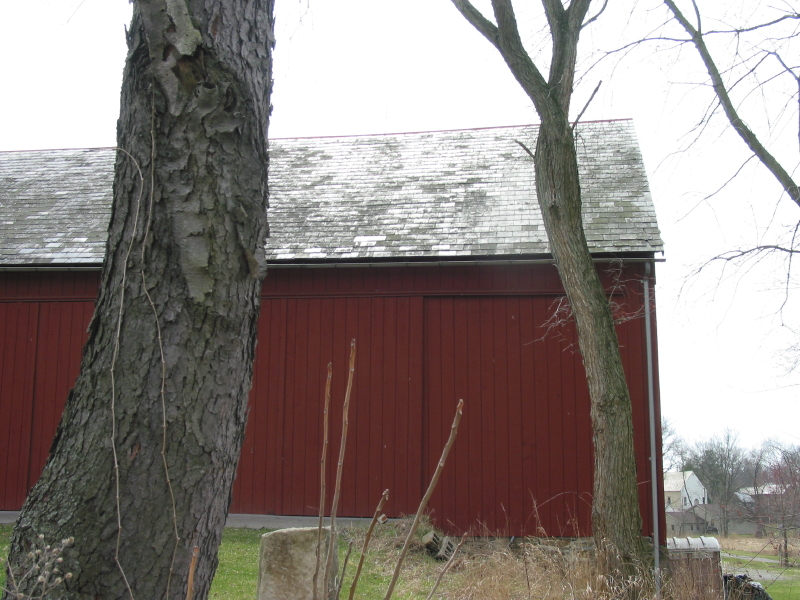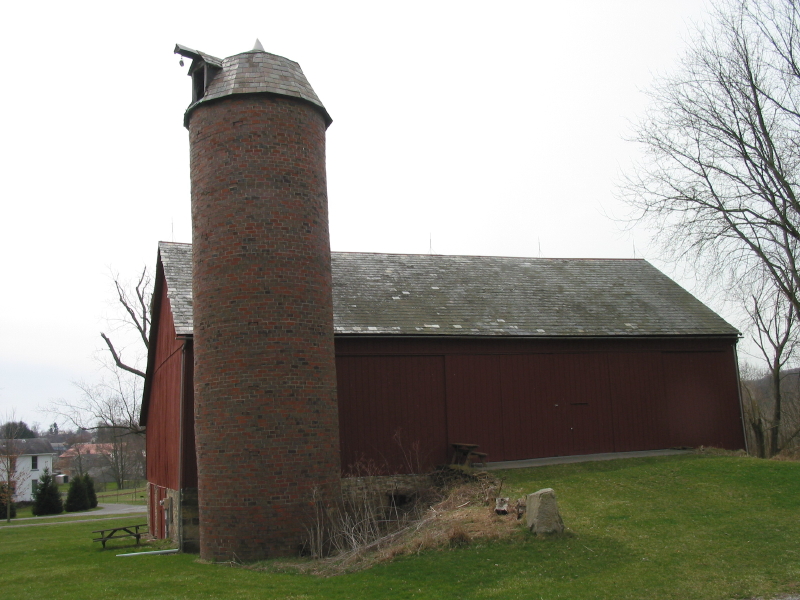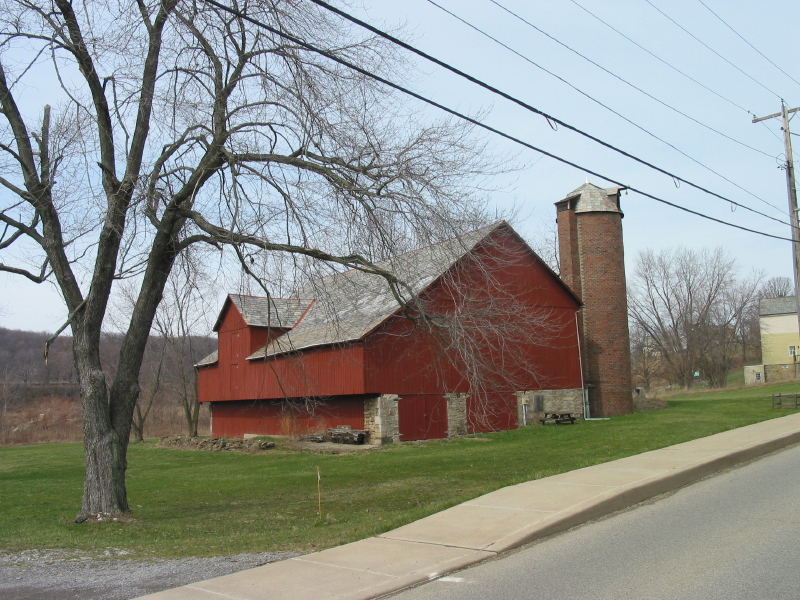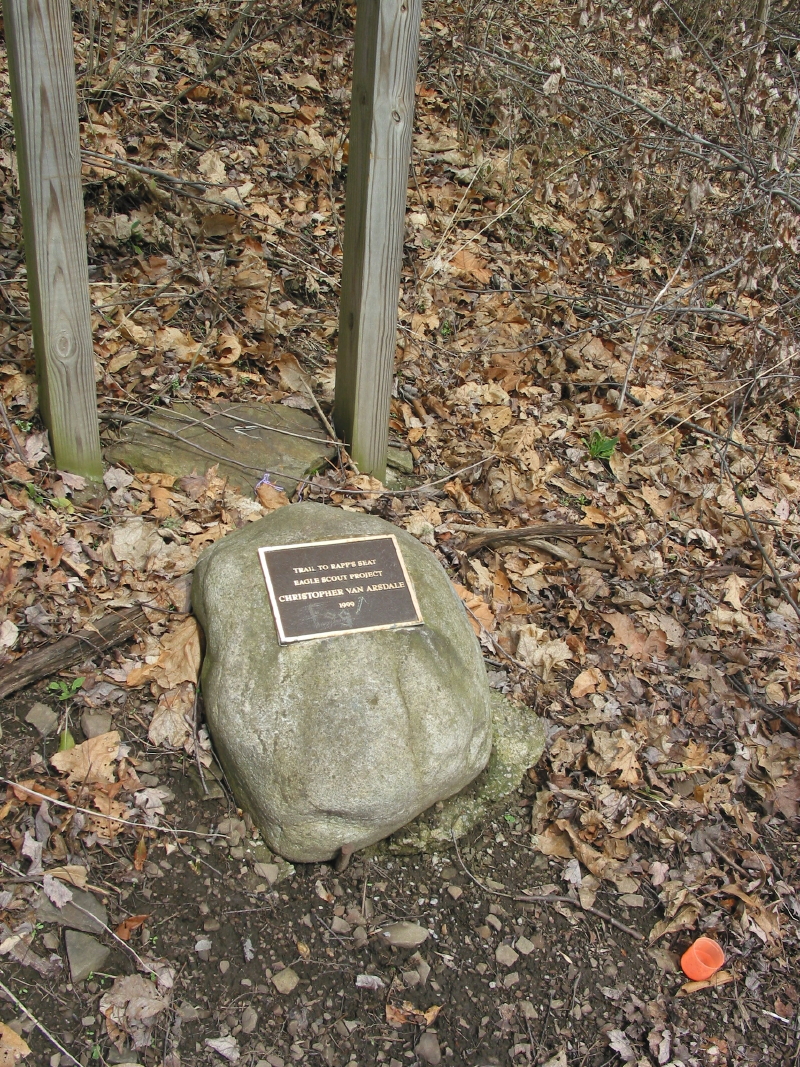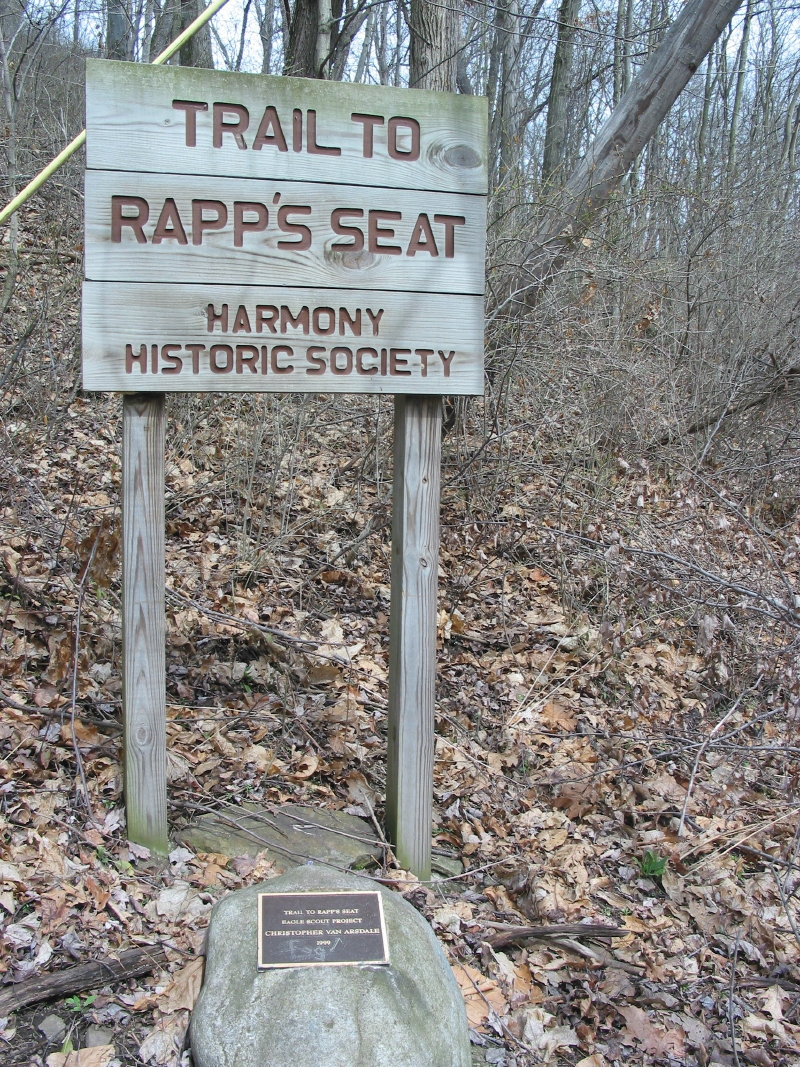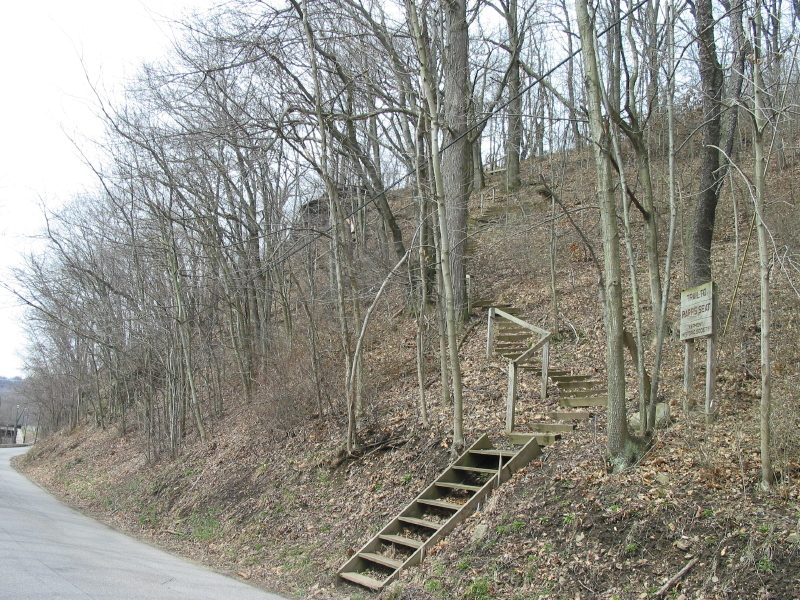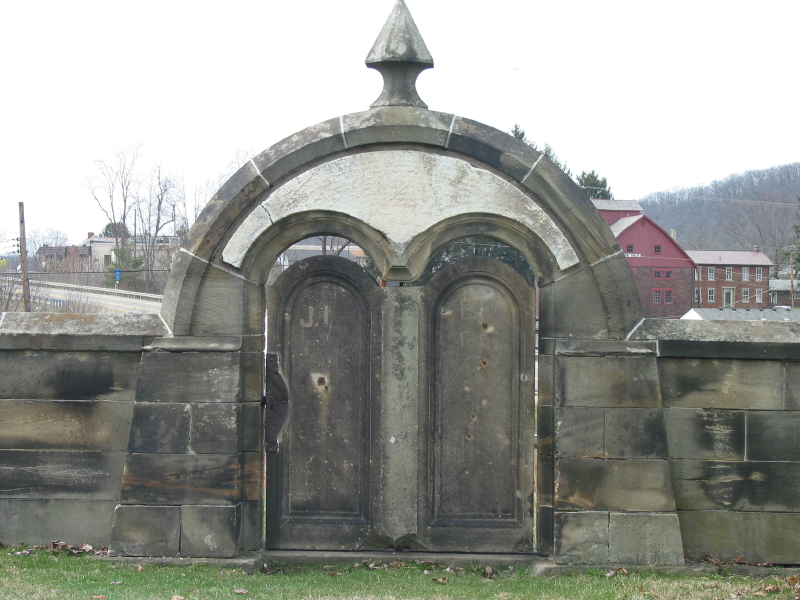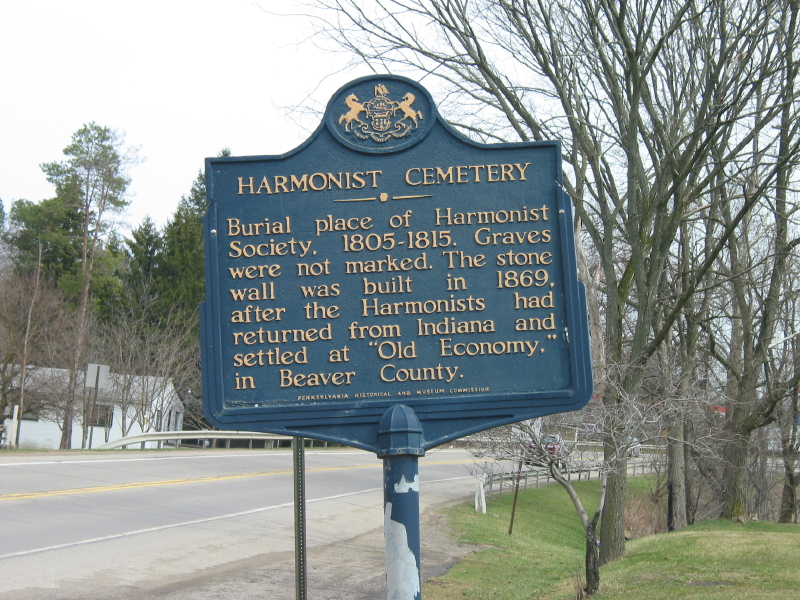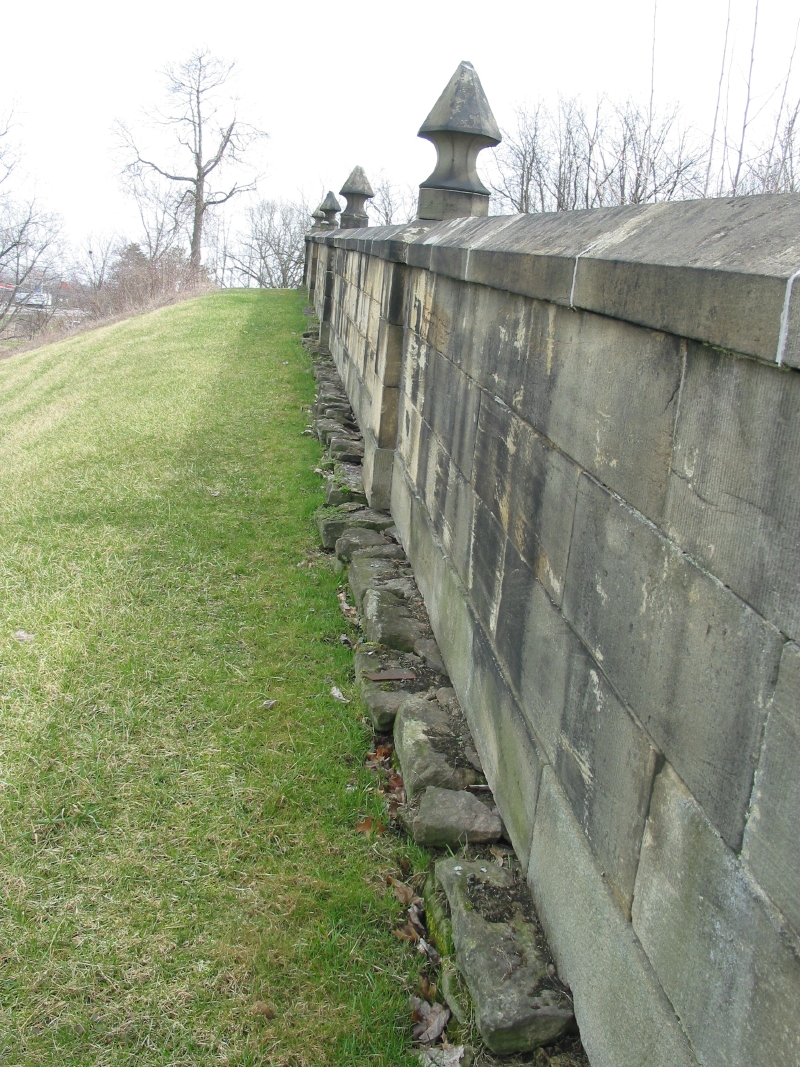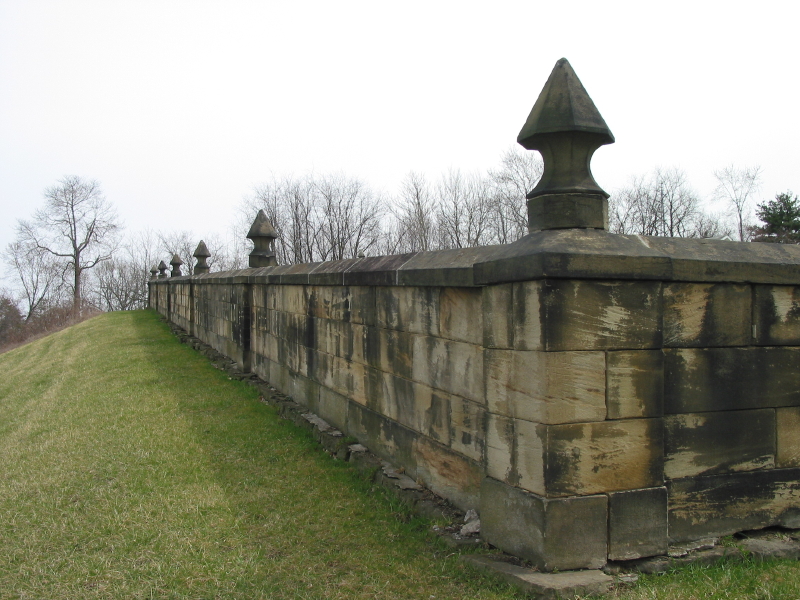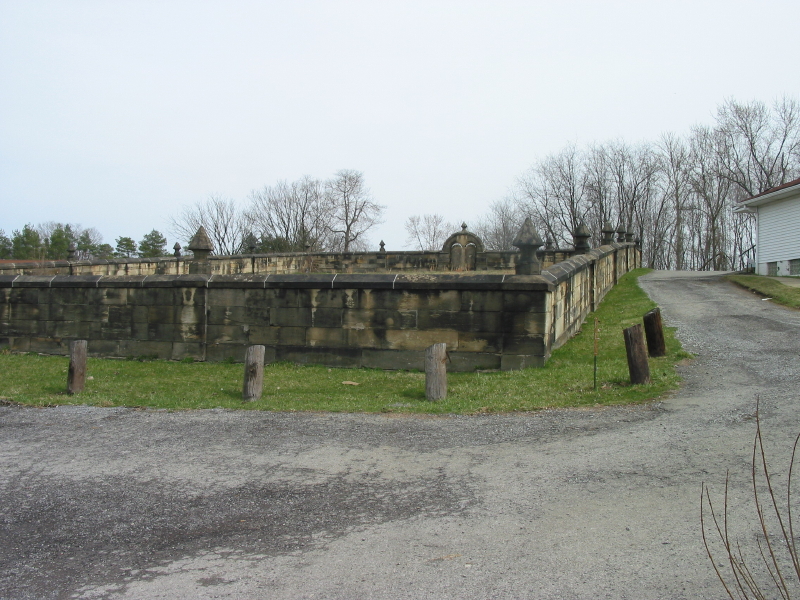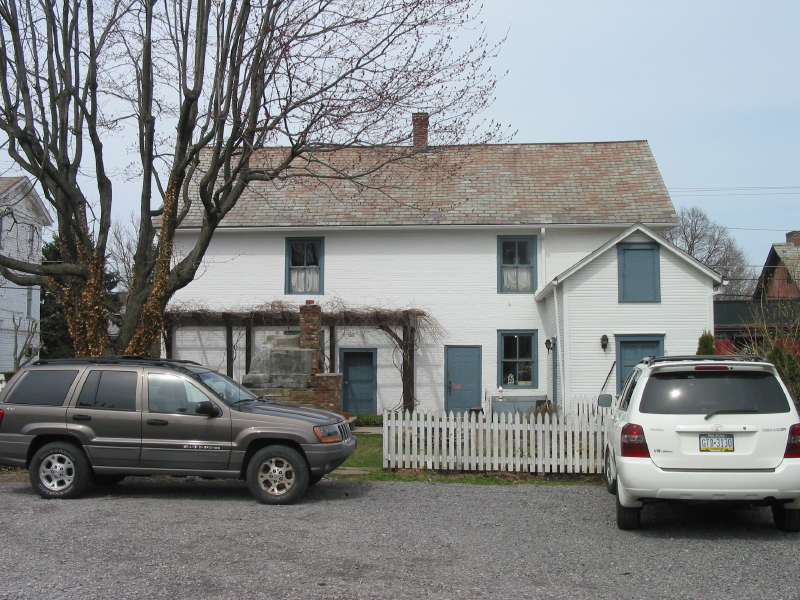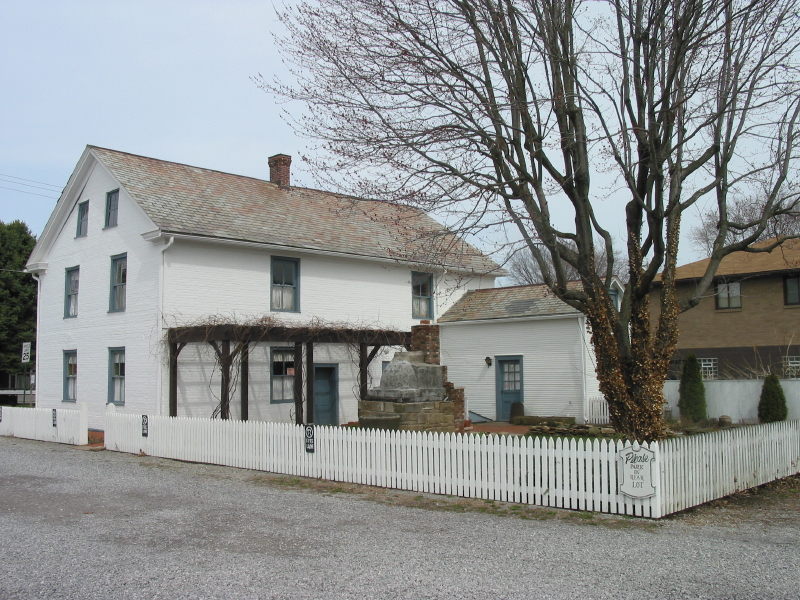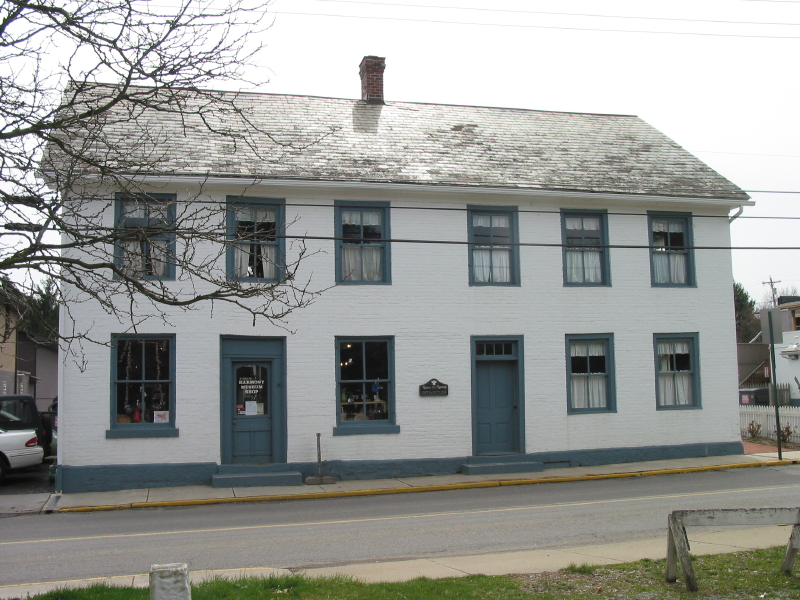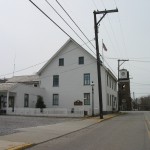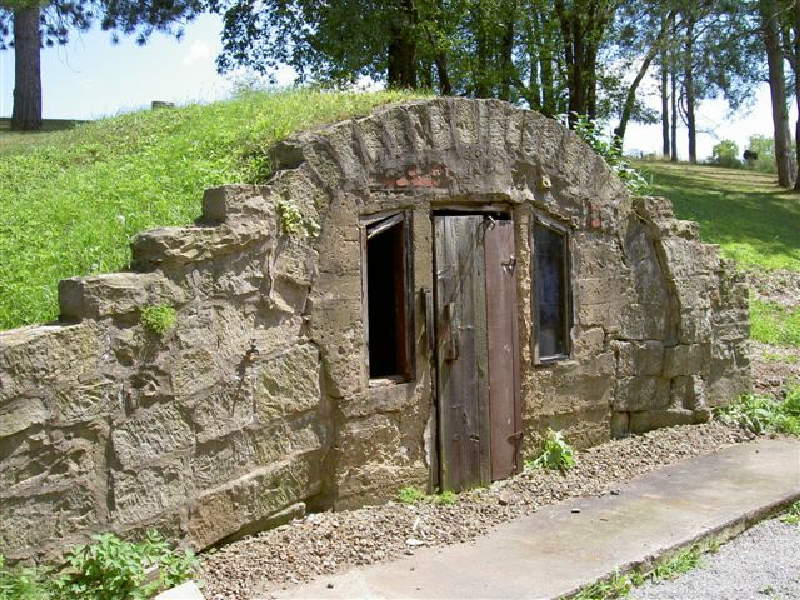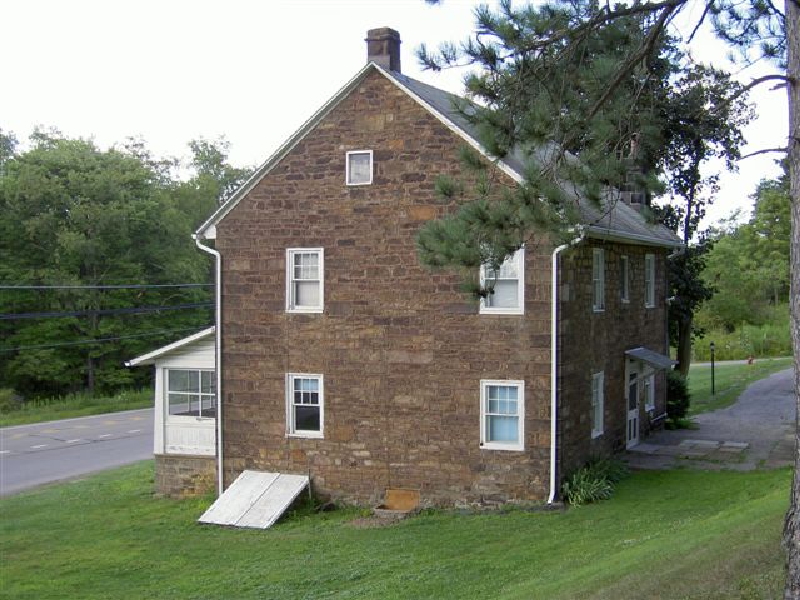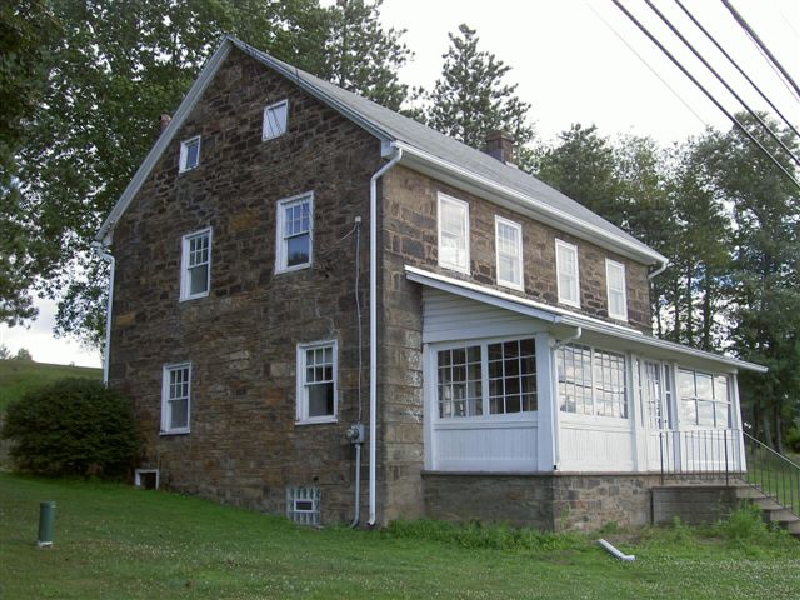
Category Archive: PHLF News
-
Landmarks Honored By Association of Fundrasing Professionals
The Western PA Chapter of the Association of Fundraising Professionals has named Landmarks its 2009 Outstanding Philanthropic Organization for its exemplary record of civic responsibility in support of philanthropic causes; its demonstrated generosity to substantially impact regional non-profit programs; for encouraging and motivating others to take leadership roles toward philanthropy and community involvement; by distinguishing itself by encouraging creative and innovative programs; and by its advancement of philanthropy in general.The award will be presented as part of the National Philanthropy Day Celebration on Wednesday, November 11, from 6:00 – 9:00 p.m. Ironically, the awards ceremony and reception will be held at the Sheraton Hotel in Station Square, a facility that would not exist today without Landmarks’ foresight.If you would like to purchase tickets to the event, please contact Jack Miller at jack@phlf.org for additional information.by Jack Miller
PHLF News
July 30, 2009The Western PA Chapter of the Association of Fundraising Professionals has named Landmarks its 2009 Outstanding Philanthropic Organization for:
- its exemplary record of civic responsibility in support of philanthropic causes;
- its demonstrated generosity to substantially impact regional non-profit programs;
- for encouraging and motivating others to take leadership roles toward philanthropy and community involvement;
- by distinguishing itself by encouraging creative and innovative programs; and by its advancement of philanthropy in general.
The award will be presented as part of the National Philanthropy Day Celebration on Wednesday, November 11, from 6:00 – 9:00 p.m. Ironically, the awards ceremony and reception will be held at the Sheraton Hotel in Station Square, a facility that would not exist today without Landmarks’ foresight.
If you would like to purchase tickets to the event, please contact Jack Miller at jack@phlf.org for additional information.
-
Stanley Lowe
PHLF News
July 24, 2009On Saturday, July 18th, PHLF was informed that Stanley Lowe, long the Director of the Manchester Citizens Corporation as well as a former employee of PHLF, was abducted from his Manchester home, severely beaten, repeatedly stabbed, and forced to an ATM machine to withdraw money. Fortunately, he was quickly discovered, and was taken to Mercy Hospital.
Stanley’s family said, “Stanley’s condition continues to improve, and his recovery is progressing better than expected. As his recovery is ongoing, however, we ask everyone to please continue to honor the family’s request that Stanley be allowed to recuperate in private.”
Stanley has been discharged from the hospital and is recuperating. He appreciates everyone’s interest and asks for time to recover from his multiple wounds. We are pleased to report that one of his alleged assailants is now in custody.
We are providing two links to an excellent editorial from the Pittsburgh Tribune – Review in support of Stanley and a Tribune – Review article on the capture of one of the suspects.
The Tribune-Review is published by Richard M. Scaife, who first supported our organization in the 1960s in our efforts to begin the Manchester Restoration program. As a teenager, Stanley became involved and subsequently led that program for many years. Just recently he returned to Pittsburgh from the National Trust to work with us on revising the Manchester Restoration plan; we are to present it to the City in August.
Mr. Scaife feels that Stanley’s years of work in Manchester should be honored and he should be encouraged to continue those endeavors when he recovers. To that end, the day after the attack on Stanley, Mr. Scaife made a major personal donation to our Manchester Restoration program in honor of Stanley and to let him know that we want to see him back on the job, leading this work that is so important to Stanley and to our community.
Stanley is our friend of over 40 years, the leader of restoring Manchester, and is in our view the leading African American preservationist nationally. We will continue to provide updates.
-
Historical Preservation Workshop: Saturday, July 25, 2009


-
PHLF Awards Six Scholarships to College-Bound Students
by Louise Sturgess
PHLF News
June 12, 2009On June 12, during a luncheon celebration, the Pittsburgh History & Landmarks Foundation (PHLF) awarded a record number of scholarships to high-achieving college-bound students who are involved in their communities and value Pittsburgh’s history, architecture, and landscape design. “We received 68 applications this year,” said PHLF Trustee and program founder David Brashear, “and were able to award six scholarships, thanks to a successful fund-raising event last year that gave us the resources to expand our scholarship program and several new trustee commitments this year. In these challenging economic times, we know our support is needed more than ever.” The six scholarship recipients are:
- Matthew G. Boyas of Upper St. Clair High School;
- Keri S. Dantley of West Allegheny High School;
- Eric J. Dingess of Sewickley Academy;
- Sarah Joy Gilmer of Pittsburgh Schenley High School;
- Laura M. Greenberg of Pittsburgh Allderdice High School; and
- Nicholas P. Stamatakis of Montour High School.
The scholarship, for book and tuition expenses only, has a maximum value of $4,000, and is made payable to the recipient’s college/university over a four-year period. “The Landmarks Scholarship Program is helping our organization build relationships with capable young people who share our values,” said Louise Sturgess, Executive Director. “It is the culmination of our educational programs for many thousands of students (K-12) in Pittsburgh and Allegheny County, and gives students an incentive to excel in school, become involved in their communities, and explore their city in a meaningful way.”
Since 1999, the Pittsburgh History & Landmarks Foundation has granted 35 scholarships to a remarkable group of young people. Eighteen students are Pittsburgh Public School graduates and seventeen are graduates from other schools within Allegheny County. Eighteen winners have already graduated from prestigious colleges, and at least five scholarship recipients are living and working in Pittsburgh: three are architects, one is an engineer, and one is a bridge inspector.
The Pittsburgh History & Landmarks Foundation Scholarship Program is offered each year. Applications for the 2009-10 school year will be available in Jan. 2010. Applicants must:
- be a resident of Allegheny County;
- be a high school senior who has been accepted to a college or university;
- have a cumulative Grade Point Average at the end of the first semester senior year of 3.25 or greater; and
- write an essay on a certain topic, complete an application, and submit two letters of recommendation.
2009 Landmarks Scholarship Recipients: Student Profiles
Matthew G. Boyas
A graduate of Upper St. Clair High School, Matt Boyas will be attending Dartmouth College to study History.
Matt completed the rigorous International Baccalaureate Diploma program at his school, has served as secretary of the National Honor Society, editor-in-chief of the school literary magazine, and has been active in the music department. He also volunteered as the head junior docent at “Woodville Plantation,” a National Historic Landmark in Collier Township, where he “displayed leadership, integrity, and initiative far beyond the typical high school volunteer,” according to Rob Windhorst, President of Neville House Associates.
Matt’s scholarship essay describes how, as a relatively new Pittsburgher, he and his family took steps to learn “about the background and traditions of our new home…my years devoted to historical preservation and interpretation at Woodville have opened my eyes to the history that surrounds me on a daily basis…preserving history takes dedication, planning, foresight, and resources, and I am privileged to have been able to contribute to this effort in a small way in my hometown.”
Keri S. Dantley
A graduate of West Allegheny High School, Keri Dantley will be attending Kent State University to study Sports Administration.
Keri divides her time between a number of activities, including student government, sports, a management position at her part-time job, and volunteer work. She has participated in mission trips and youth ministry at her church and has worked in the guidance department at her school.
As a member of West Allegheny’s Track and Field team, she has competed successfully at the state level, including being made a member of the All-State team. She has been com-mended for her “calm, responsible, and respectful attitude in potentially stressful situations.”
In her scholarship essay, Keri describes a sunset over Downtown Pittsburgh with a sense of awe: “The golden orange sun illuminates the dark tinted glass” of the buildings in the Golden Triangle, as “vibrant colors dance across the rivers’ shores.” Pittsburghers “thrive because of the city that they are in…A city driven to succeed.”
Eric J. Dingess
A graduate of Sewickley Academy, Eric Dingess will be attending the University of Pittsburgh to study Political Science.
Eric distinguished himself at Sewickley as “one of the most respectful, persistent, and diligent students” in the school, according to faculty. Very soon after transferring to the school, he was “thriving in [the] vigorous academic environment.” He was president of the Mock Trial Club, and was involved with the ACLU, Boy Scouts, and local soccer leagues.
In his scholarship essay, Eric described some of Pittsburgh’s great buildings, noting “how a city’s architecture can bring pride to its people.” He tied the evolution of buildings in Pittsburgh to the need for flexibility and adaptability. For example, he described the “daunting task” of lowering the Grant Building’s lobby as “a great example of human ingenuity.”
Sarah Joy Gilmer
A graduate of Pittsburgh Schenley High School, Sarah Gilmer will be attending American University to study Economics.
Sarah has been active in school and worship bands, the Girl Scouts, and her church.
Her volunteer work has included the Pittsburgh Project and relief work in the wake of Hurricane Katrina. She has an “intense focus” and “works very hard to ensure success,” including completing classes in Macro- and Microeconomics at the Community College of Allegheny County and the University of Pittsburgh, respectively.
Sarah’s family was a “prominent force and voice in the community,” including being the owners of one of the first privately-owned, small, African American businesses in Pittsburgh. Sarah writes, “My family history and their connection to the development of Pittsburgh greatly influences me to do my best to not only develop the city, but the world.”
Laura M. Greenberg
A graduate of Pittsburgh Allderdice High School, Laura Greenberg will be attending the University of Miami to study Architecture.
Laura has consistently shown an “intense personal involvement” with architecture. She participated in CMU’s Architecture Explorations from 3rd through 10th grades and in an after-school class related to urban planning. A member of the National Honor Society, she exhibits a “curiosity and depth of perception” that helps her “excel… in every phase of classroom activity.”
Laura’s scholarship essay describes the many interactions with architecture that she has had. She notes the difference between the neighborhoods in Pittsburgh. “The most interesting thing that I have realized in my explorations is the way in which the neighborhoods relate to one another, and that interest helped me decide to become an architect.” She also emphasizes the way neighborhoods change over time. For example, Lawrenceville “stands as a testament to the power of urban planning and architecture, while still retaining its identity and reflecting its history.”
Nicholas P. Stamatakis
A graduate of Montour High School, Nicholas Stamatakis will be attending the University of Pittsburgh and plans to double major in engineering and music.
As one of Nick’s teachers noted, “While Nick is a stellar student, he is also very active in our community.” Besides being a member of the National Honor Society, Nick became an Eagle Scout in 2008, and was elected as president of both the Law Team and the Marching/Jazz/Concert Band. He is actively involved in music, serving as an accompanist for the chorus in addition to playing the saxophone.
Nick’s scholarship essay describes the unique combination of geography and architecture that defines Pittsburgh and that has defined his own life. After seeing a striking picture online, Nick writes that “In a moment the landscape and architecture depicted in the picture brought back a flood of memories…I understood at once how important the physical attributes of the region are in determining my identity as an individual and how I as an individual truly know the region.”
________________________________________________________________
Founded in 1964, the Pittsburgh History & Landmarks Foundation is a non-profit membership organization working to: identify and save historically-significant places; revitalize historic neighborhoods, towns, and urban areas; preserve historic farms and historic-designed landscapes; and educate people about the Pittsburgh region’s rich architectural heritage. www.phlf.org
-
Arthur P. Ziegler, Master Preservationist
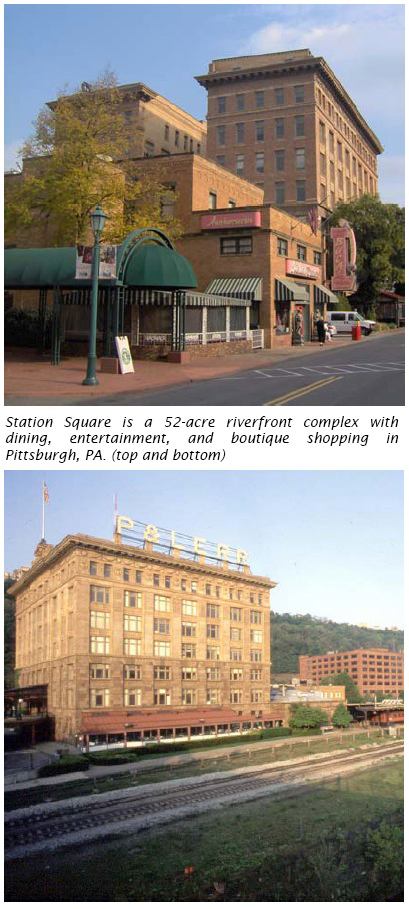 Historic Preservation Planning Alumni, Cornell University
Historic Preservation Planning Alumni, Cornell University
Ithaca, New York
By Nathaniel C. Guest
June 9, 2009“If you want to know preservation, follow Arthur Ziegler around for a few hours.”
This is what a friend from the National Trust told me a little while back. And in a rare bit of serendipity, I did.
On April 10, 2009, Arthur Ziegler, a living legend in the preservation world, addressed the next generation of preservationists and planners at Cornell University. Taking advantage of a rare bit of Ithaca sunshine, I offered Mr. Ziegler the five-cent-tour of the campus during the hour before his lecture. His visit would coincide with “Cornell Sustainability Month,” and the university was littered with advertisements for “eco” this and “green” that.
Now, please don’t read anything into my tone; as a proud Cornellian, I have to say we do a fairly good job at being critical about what is sustainable and what is just clever marketing. That said, the rest of the world has set the bar rather low for us. I’ve always thought it a bit ironic that in a culture as consumptive as ours that the word “sustainable” should be much a part of the popular lexicon.
Offering a lecture entitled “Pittsburgh as People and Place,” Mr. Ziegler didn’t come to Cornell to address sustainability. Whether he intended it or not, though, he hit it head-on.
A dean in the art and science of saving places, Arthur’s work has proceeded with the understanding that any plan or policy that is ultimately successful—that is, “sustainable” beyond the buzzword—is by necessity not just ecologically conscious but equally importantly socially just and economically responsible.
As Mr. Zielger has shown, these principles are not roadblocks but stepping stones. Using them, he has led his Pittsburgh History and Landmarks Foundation from an inauspicious start—a slide projector, a brochure, and $750 in 1964—to a multi-million-dollar preservation powerhouse in 2009.
 Promoting historic preservation as an effective means to create affordable housing, healthy neighborhoods, and economic development, Mr. Ziegler founded the PHLF to combat urban renewal policies that literally and spiritually devastated much of Pittsburgh. Displacing thousands of residents over several decades, a “clear-cutting” renewal policy in the era before the PHLF left Pittsburgh one of the most segregated cities in America.
Promoting historic preservation as an effective means to create affordable housing, healthy neighborhoods, and economic development, Mr. Ziegler founded the PHLF to combat urban renewal policies that literally and spiritually devastated much of Pittsburgh. Displacing thousands of residents over several decades, a “clear-cutting” renewal policy in the era before the PHLF left Pittsburgh one of the most segregated cities in America.Through the PHLF, Ziegler spearheaded the first urban renewal program in the nation that used urban development monies for preservation rather than demolition. PHLF’s Manchester neighborhood project was the first urban renewal project to create a preservation district within a predominantly African-American neighborhood and the first to be administered by the residents themselves.
It is unique in that it preserved the neighborhood both architecturally and culturally, simultaneously avoiding both further blight and gentrification. Indeed, Mr. Ziegler’s work has been as much about social justice for disenfranchised populations as it has been preserving important places.
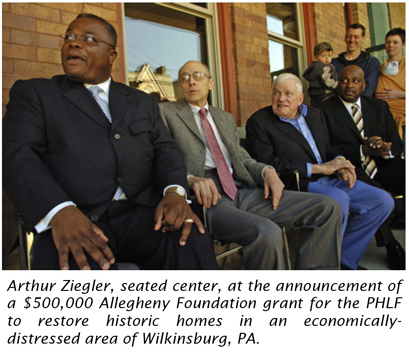 “To preserve an historic building is to save an artifact. To preserve an historic neighborhood is to save a way of living,” said Mark Fatla, executive director of Pittsburgh’s Northside Leadership Conference. “Arthur understood this far better than anyone else, and far sooner than anyone else. He has succeeded at it far longer than anyone else,” he continued.
“To preserve an historic building is to save an artifact. To preserve an historic neighborhood is to save a way of living,” said Mark Fatla, executive director of Pittsburgh’s Northside Leadership Conference. “Arthur understood this far better than anyone else, and far sooner than anyone else. He has succeeded at it far longer than anyone else,” he continued.This is a crucial aspect to sustainability that mere “green building” absent historic preservation cannot accommodate. Just as we question the “greenness” of any building whose construction sends another building to a landfill, we must question the social justice of “revitalization” that razes neighborhoods or displaces its residents.
The upheaval and social disorder following in the wake of Pittsburgh’s urban renewal suggest that the sort of “root shock” caused by aggressive demolition in minority neighborhoods should be every bit as distressing to planners as the targeting of such neighborhoods for locally unwanted land uses.
Insensitive re-development makes even less sense when, as Mr. Ziegler’s work has shown, preservation is a smarter economic bet in the long run. Emblematic of PHLF’s success in using historic preservation as an instrument of economic revitalization, its adaptive re-use of a former rail terminal facility at Station Square had the lowest public cost and highest taxpayer return of any major renewal project in the Pittsburgh region since the 1950s. With over three million visitors each year, Station Square generates over six million dollars annually in tax revenue.
“Arthur always keeps his eye on what will work for the people of a place and what PHLF can bring to assist them. This is the beginning of his secret, “said Peter Brink of the National Trust for Historic Preservation.
I thank Mr. Ziegler for sharing a bit more of that secret with us.
-
Log Cabin Seeks Good Home
by Jack Miller
PHLF News
May 15, 2009A two-story log cabin that may date to the early 1800’s has been discovered within another structure in North Fayette Township near the Pittsburgh International Airport.
While the building appears to have no architectural or historic significance, rather than demolish it, the owner is willing to give it to anyone willing to remove it from the site at his/her own expense. For more information, please call Jamie at 412-860-4274 by June 15th.
-
Donor Magazine Format to Change in Cost-Cutting Move
by Jack Miller
PHLF News
May 15, 2009Landmarks has announced that it will discontinue publishing the hard copy version of its estate planning magazine, Landmark Legacies. Instead, the magazine will be posted in a pdf format at http://plannedgifts.phlf.org/newsletters.php. The move is expected to free up $2,000 annually that can be applied to mission-related programs & projects.
The move follows a salary freeze and voluntary pay cuts for higher compensated employees to help lower operating costs during the recession.
-
Historic Harmony Donates Preservation Easements – Eight Properties Under Protection
By Jack Miller
PHLF News
April 20, 2009The Pittsburgh History & Landmarks Foundation (PHLF) has announced that Historic Harmony (HH) has donated preservation easements to PHLF that will ensure the preservation of eight historic HH properties located in Butler County.
All of the protected properties are in Harmony Borough or Jackson Township in the faster growing areas of Butler County according to recent census statistics.
Three of the protected properties, the main Harmony Museum Building at 218 Mercer Street (1809, with 1816 addition), the Wagner House museum annex at 222 Mercer Street (c. 1807 -1812), and the Harmony Society Cemetery at 831 Edmond Street (1805 – 1815) are within the Harmony National Historic Landmark District. The Harmony Society-Ziegler-Wise Barn at 303 Mercer Road (1805, with c. 1850 modification) is eligible for listing in the National Register of Historic Places.
The Vineyard Hill, with George Rapp’s Seat carved into a rock outcrop at 1 Evergreen Mill Road, the likely Harmony Society log house museum annex at 245 Mercer Street, the Mennonite Meetinghouse & Cemetery at 114 Wise Road (1825 and 1815, respectively) and Bishop John Boyer’s House at 295 Perry Highway (1816) are architecturally or otherwise significant historic properties.
A preservation easement is a voluntary legal agreement made between a property owner and an authorized preservation organization to preserve an historic site in perpetuity and recorded as such with the property’s deed.
While granting a preservation easement on a historic property limits what an owner may do with that property, granting the easement provides several benefits. The first and most obvious is that the property owner has protected the historic property in perpetuity from destruction, inappropriate alteration, or development. Another is that an individual or corporate easement donor may be entitled to claim a federal income tax charitable contribution deduction equal to the value of the preservation easement if certain conditions are met.
For example, without the charitable deduction and federal tax credits associated with the restoration of historic properties, projects like the Bedford Springs Resort, Heinz Lofts and the Armstrong Cork Factory Apartments might have never have been developed.
Under terms of its easements, HH will continue to be responsible for the maintenance, upkeep and presentation of its protected properties, and PHLF will be responsible for monitoring the properties in perpetuity to assure compliance with conditions of the easements. No changes can be made to the exterior of any of the sites without PHLF’s prior approval and any changes would have to conform to the Secretary of the Interior’s Standards for Rehabilitation. These requirements will also apply to the Bishop Boyer House, which has always been a private residence and was sold by HH to a private party on the third of April.
“Historic Harmony and PHLF are to be roundly commended for working together to create such a progressive and thoughtful preservation strategy for these significant properties,” said Bill Callahan, the Pennsylvania Historical & Museum Commission’s Bureau for Historic Preservation Western Pennsylvania representative. “What they have accomplished here may well be looked upon nationally as a model for many preservation organizations.”
HH President John Ruch noted that “Harmony was the first home of the communal Harmony Society of German Lutheran Separatists, which founded Harmony in 1804 and organized formally as a Christian communal society in early 1805. George Rapp (1757 – 1847) was its founder and spiritual and organizational head. Designation in 1974 as Western Pennsylvania’s first National Historic Landmark District was recognition of Harmony’s significance in development of the nation’s heritage and culture as the Society’s founding home.
“Many Western Pennsylvanians are familiar with PHMC’s Old Economy in Ambridge,” said Ruch, “but the extraordinary Harmony Society, which became 19th-century America’s most successful communal group, began right here in Harmony.”
“One of the properties now protected by an easement includes the isolated carved rock hilltop seat to which George Rapp would retreat to mediate.”
The idea to place preservation easements on all of HH’s historic properties grew from a proposal to sell the Bishop Boyer House while assuring its preservation.
“The home of Harmony’s first Mennonite bishop, or pastor, was donated to Historic Harmony in 2003 by the late Lillian Frankenstein of Zelienople who entrusted its preservation to us,” Ruch said. “We approached the Pittsburgh History & Landmarks Foundation to explore how we could protect the house even if we no longer owned it. They suggested using a portion of sale proceeds to endow easements that would protect not just the Bishop Boyer House, but all of our historically significant properties.”
As required by HH’s bylaws, the proposal was posed to the organization’s members, who subsequently voted to accept PHLF’s proposal to hold the easements and assume responsibility for their enforcement and defense. All easements were recorded on April 3 when the Bishop Boyer House was sold to Nancy Wilson.
“This is a win-win situation,” said PHLF President Arthur Ziegler. “Historic Harmony is able to honor its commitment to its donor while generating funds to maintain its other historic buildings. We are able to assure the protection of eight architecturally and historically significant properties, and Western Pennsylvanians have guaranteed access to a tangible part of their past.”
PHLF holds nearly 50 preservation easements and deed restrictions on Western Pennsylvania properties, including one it obtained on the 23rd of March on The Carlyle, formerly the Union National Bank Building in downtown Pittsburgh.
“PHLF’s easement initiative has played an important role in protecting historic and architecturally significant properties throughout Western Pennsylvania,” said PHMC’s Bill Callahan.
“While the Harmony easements constitute a highly commendable preservation solution for Historic Harmony and, indeed, the region,” said Callahan, “even more significant is that the action was initiated by a group of citizens passionate about their roots and willing to find a way to assure that their past will always be a part of their future.”
Historic Harmony is a 501(c)(3) nonprofit organization founded in 1943. Its mission is to preserve and promote public knowledge of the Harmony area’s history and heritage through its Harmony Museum and outreach activities, foster tourism in southwestern Butler County in cooperation with other organizations and agencies and encourage preservation of historical resources in support of educational, quality of life, economic development and associated community objectives. More information can be found at www.harmonymuseum.org.
Pittsburgh History & Landmarks Foundation is also a 501(c)(3) nonprofit organization founded in 1964 whose mission is to identify and save historically significant places; revitalize historic neighborhoods; preserve historic farms and historic designed landscapes; and educate people about the Pittsburgh region’s rich architectural heritage. More information can be found at www.phlf.org.


